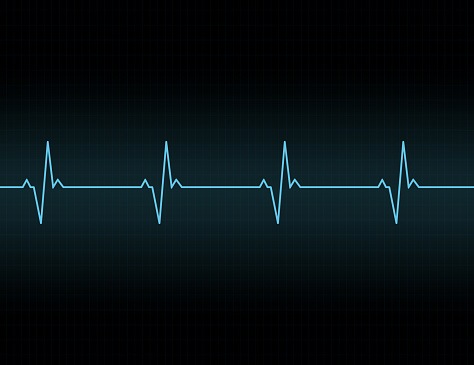Source –
Researchers may have developed a deep learning model that is effective at detecting electrolyte imbalance via electrocardiography (ECG).
“The detection and monitoring of electrolyte imbalance is essential for appropriate management of many metabolic diseases; however, there is no tool that detects such imbalances reliably and noninvasively,” the team wrote in their abstract.
Aiming to develop a deep learning model using ECG, the researchers conducted the retrospective cohort study of two hospitals. The patient sample included 92,140 patients who underwent a lab electrolyte exam and ECG within 30 minutes. The learning model was created using 83,449 ECGs of more than 48,000 of the patients (the internal validation cohort consisted of 12,091 ECGs from 12,091 patients), and they team conducted an external validation with the ECGs of more than 31,000 patients from another hospital. The researchers then evaluated the area under the receiving operating characteristic curve (AUC) of their deep learning model with the use of 12-lead ECG for detecting
According to the analysis results, the AUC for hyperkalemia was 0.945 and was 0.866 for hypokalemia. For hypernatremia, it was 0.944 and was 0.885 hyponatremia. For hypercalcemia, the AUC was 0.905, and for hypocalcemia, it was 0.901. Values during the external validation of the AUC for hypokalemia, hypernatremia, hyponatremia, hypercalcemia, and hypocalcemia were 0.873, 0.857, 0.839, 0.856, 0.831, and 0.813 respectively. The authors also reported that the learning model helped visualize the important ECG region for the detection of electrolyte imbalances.
“To the best of our knowledge, this study is the first to develop an artificial intelligence algorithm for detecting electrolyte imbalance and to show the interpretable patterns of decision making using artificial intelligence in the biosignal domain,” the authors wrote.
Some of the study limitations included the use of 4 common electrolytes (to the exclusion of others), the use of retrospective data, the limited number of centers, a lack of adjustment for certain comorbidities, and the limited combinations of ECG leads.
